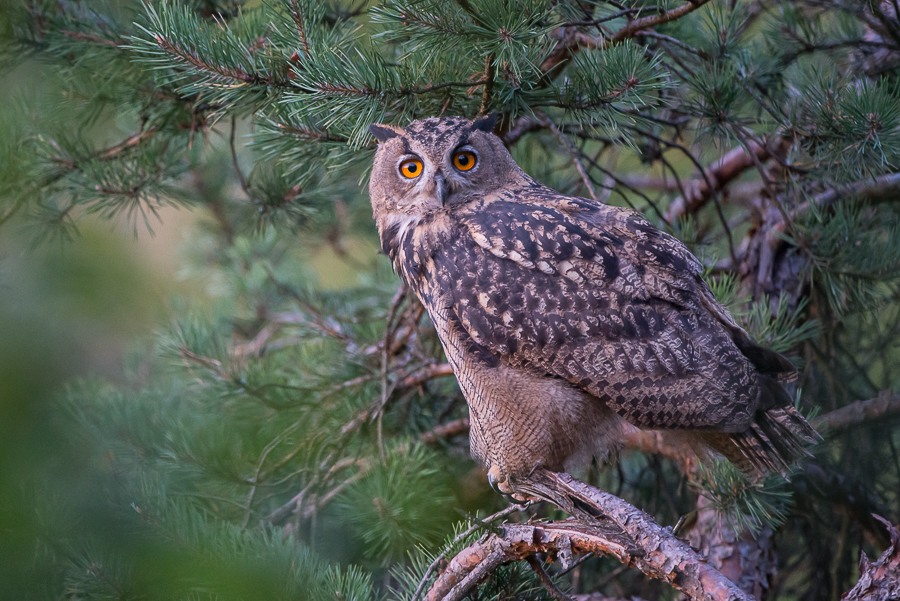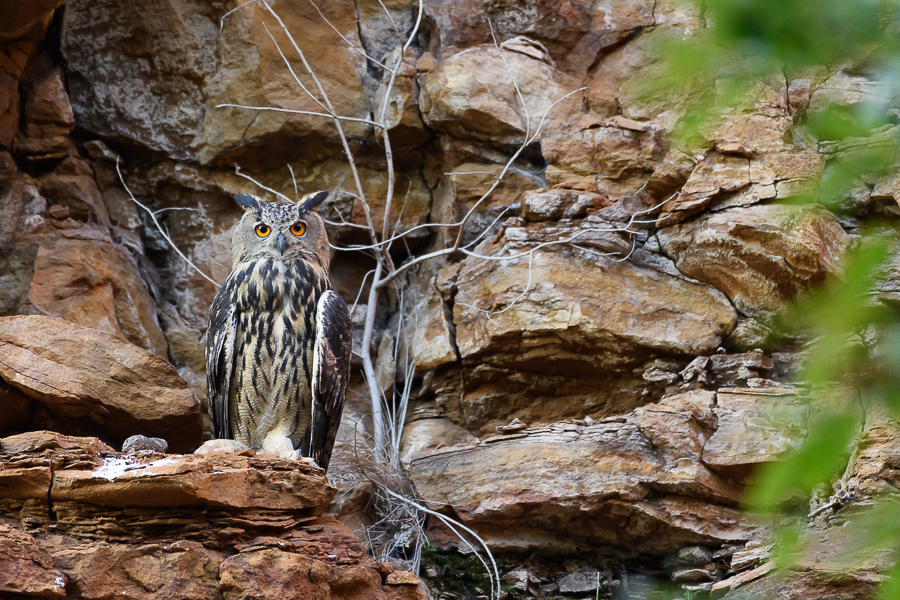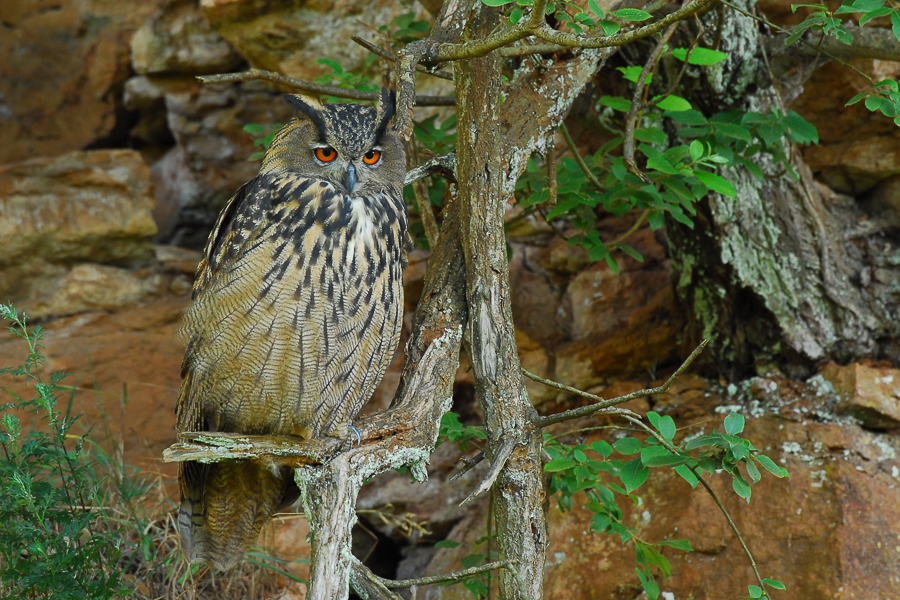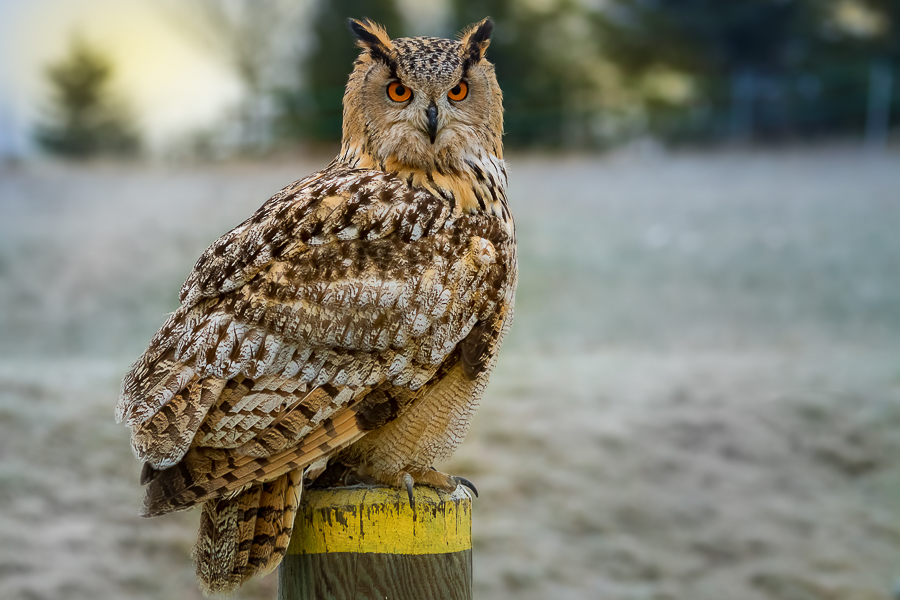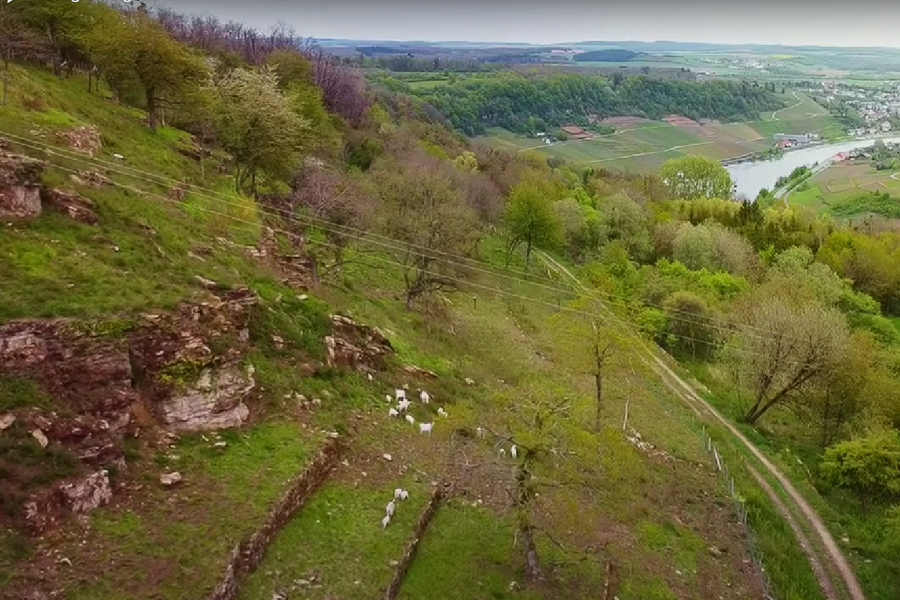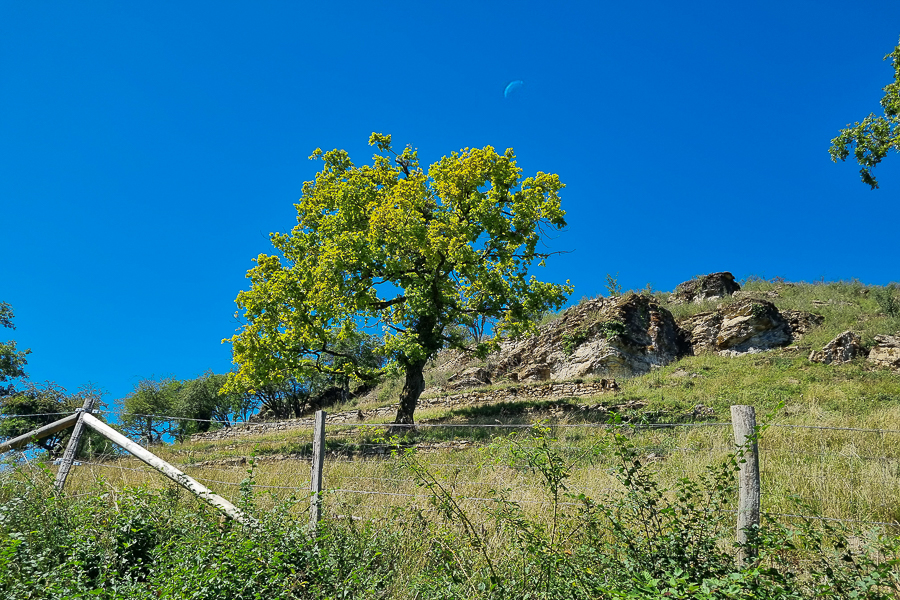 Eagle Owl;
Credit: Roland Felten, natur&emwelt
Eagle Owl;
Credit: Roland Felten, natur&emwelt
Luxembourg has what is known as a Temperate Climate in which winters are generally mild and summers comparatively cool, with rainfall that can be high; its flora and fauna have thrived in, and adapted to, this climate over the centuries and millennia, with ongoing challenges due to pollution and recent climate change, as well as the introduction of non-native species, resulting in disruptions to the norm.
Nevertheless, with various initiatives and organisations helping the ecosystem and habitat, including sustainability and re-wilding, there is a lot happening in nature across the Grand Duchy.
Chronicle.lu has teamed up with natur&emwelt (the non-profit organisation (naturemwelt), the foundation (Hëllef fir d'Natur) and the Wildlife Care Centre (Flegeestatioun)) for a series of articles on Luxembourg's fauna in which we look at various mammals, birds, insects, amphibians and aquatic animals, as well as touching on vanishing species returning to Luxembourg, focussing on their lifestyle and habitat, including when and where to observe them.
No.3 in this series focuses on the Eagle Owl.
Introduction
A discreet and impressive nocturnal bird of prey, the eagle owl is one of the largest on our continent. Nesting in the rocks of the Haangebierg (located between Grevenmacher and Machtum), this majestic bird is a rare and unforgettable sight.
As Europe's largest nocturnal bird of prey, the Eurasian eagle-owl (Bubo bubo) stands around 70 cm tall and has a wingspan of up to 170 cm. Its mottled brown plumage ensures perfect camouflage. It can be identified by its large orange eyes, ear-like tufts of feathers and powerful talons adapted to its carnivorous diet. Silent in flight, its deep call, a muffled ‘hoot-hoot’, echoes through the night. Males and females are similar, apart from a considerable difference in size and weight.
Lifestyle
A nocturnal predator, the eagle owl rests during the day, camouflaged in trees or on rocks. Active at dusk, it silently hunts small mammals, birds and sometimes hedgehogs by swooping down on its prey. It stores its surplus food and regurgitates pellets of undigestible material (bones, feathers, hair, etc.). Starting in September, the males can be heard courting females with characteristic “BUHO” calls and food offerings and, if successful, will mate for life. The female lays 2 to 3 eggs between January and March at the same site every year, often a ledge or an old nest. The male feeds the clutch, which remains dependent for several months. Its lifespan exceeds 20 years.
Habitat
Extremely adaptable, the eagle-owl is found throughout the Eurasian continent, except for the Arctic tundra and the tropical forests of Southeast Asia. It prefers irregular terrain, such as forests, rocky cliffs and even towns rich in prey. Its nests are located on rocks, in former raptor nests or on high buildings. The Haangebierg in Machtum, with its rocky cavities, dry grassland, woods and wealth of prey, provides an ideal habitat. It prefers steep, little-frequented areas for nesting and hunting, avoiding human disturbance and excessive light, thus testifying to the good health of the ecosystem.
Where and when see it?
The Haangebierg reserve is one of the possible places in Luxembourg to see or hear the great horned owl, especially in winter and early spring during its vocal parades. Active from nightfall in rocky areas near woods, its deep call guides patient naturalists. It can sometimes be observed flying at night in quiet areas, briefly illuminated by headlights. Following its reintroduction in 1982, there are now 22 to 25 breeding pairs in Luxembourg. To protect this population, which is sensitive to disturbance and theft of both eggs and young, the precise location of individuals is deliberately kept vague.
Observation tips
Remain discreet and silent, ideally at dusk or early in the morning. Avoid using white lights: use a red one instead. Binoculars and a good dose of patience are essential! Don't approach nesting areas: respecting their territory is key to a successful observation.

